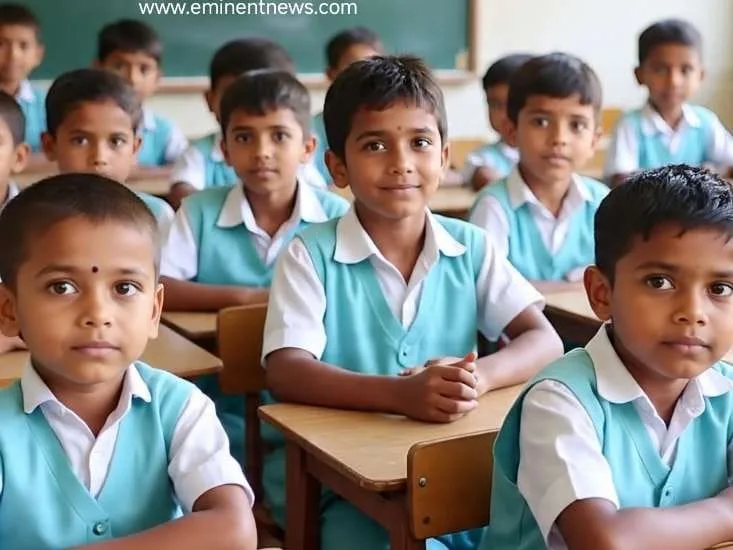Japan’s population growth trend is characterized by a decline . Here’s a summary of the key points:
- Negative Growth Rate: Japan has experienced a decreasing population growth rate for several years .
- Recent Declines:
- In 2023, the population growth rate was -0.49% .
- In 2022, it was -0.44% .
- In 2021, it was -0.46% .
- In 2020, it was -0.29% .
- Overall Population Decrease: Japan’s population in 2023 was 124,516,650, a decline of 0.49% from 2022 .
- Future Projections: The population is expected to continue to decline in the coming years . For 2025, the projected population growth rate is around -0.54% .
- Factors Contributing to Decline: The decline is attributed to factors such as a low birth rate and an aging population .
- Historical Context: Japan’s population growth rate has been decreasing since the 1950s .
- Migration: Migration (including immigration and emigration) increases the population by 50,000 people yearly .
factors contribute to Japan’s declining population :
Japan’s declining population is attributed to a combination of factors:
- Declining Birth Rate: Japan’s birth rate has fallen significantly, from 9.5 births per 1,000 women in 2000 to 6.8 per 1,000 in 2020 . The current fertility rate is about 1.3, well below the 2.1 needed to maintain the population .
- Aging Population: A long life expectancy coupled with a declining birth rate has resulted in a growing proportion of elderly people . Approximately 29% of Japan’s population is aged 65 or older .
- Economic Factors:
- Rising Costs: Rising housing and education costs make it difficult for families to afford children .
- Job Insecurity: Difficulty securing stable, full-time employment and rising non-regular employment contribute to uncertainty about the future, making people hesitant to marry or have children .
- Social Factors:
- Work-Life Imbalance: Long working hours and demanding work environments make it hard to balance work and childcare .
- Unequal Burden: Women still bear most of the household and childcare duties, even in dual-income households .
- Cultural Factors:
- Changing Values: Marriage and child-rearing are no longer considered essential life choices by many individuals .
- Fewer Multi-Generational Households: Reduced support from extended families increases the burden on parents .
- Lack of Community Support: Weaker neighborhood ties increase social isolation for parents .
- Other Factors
- Delayed Marriage: Higher rates of unmarried young adults and delayed marriages contribute to the declining birthrate .
- Inadequate Childcare: Insufficient childcare infrastructure, particularly in urban areas, is a contributing factor .
- Youth Migration: Migration of young people from rural areas to cities accelerates population decline in rural regions .



























